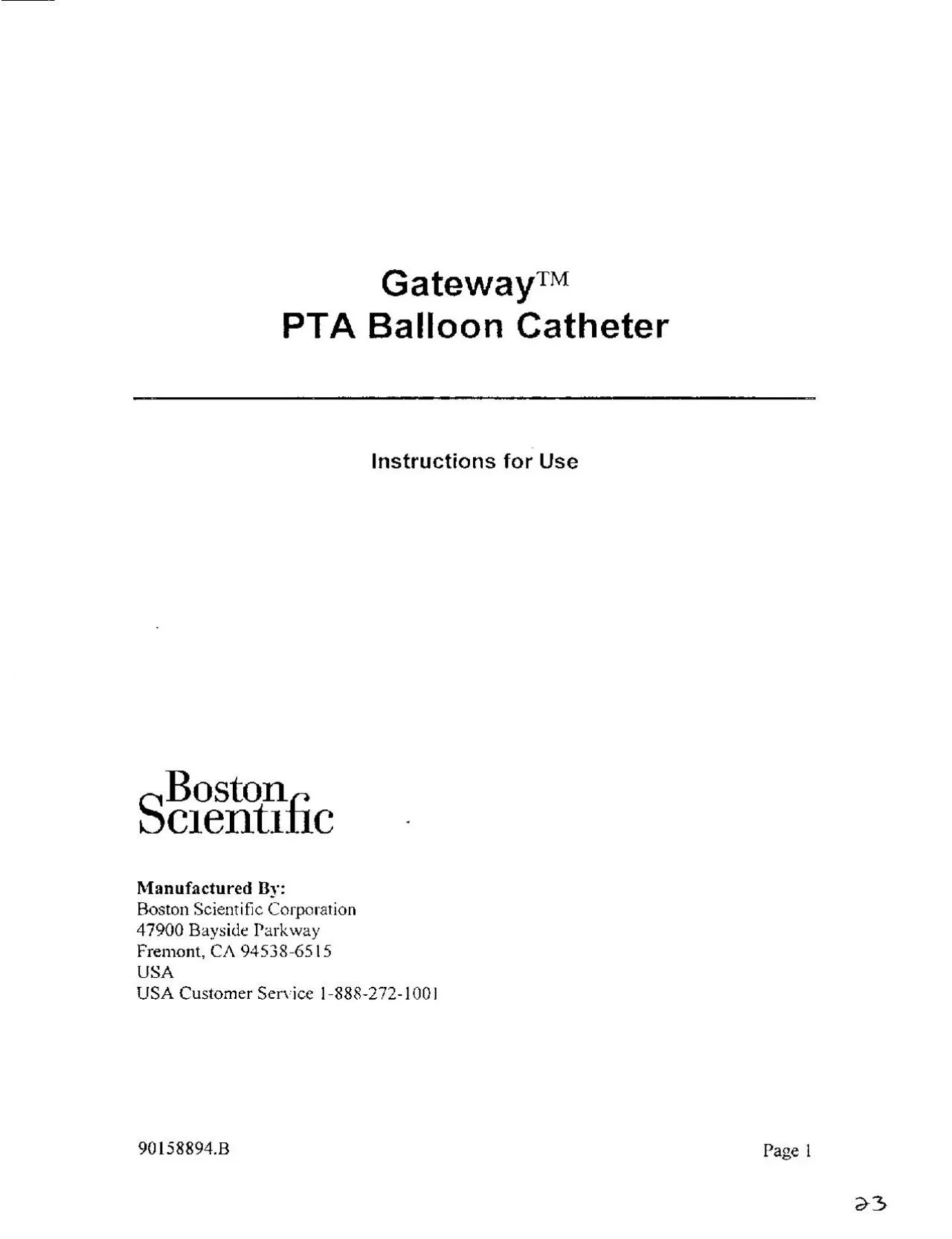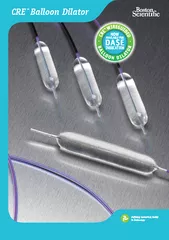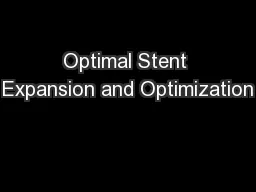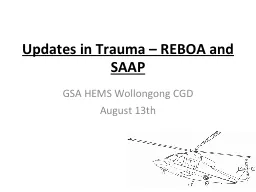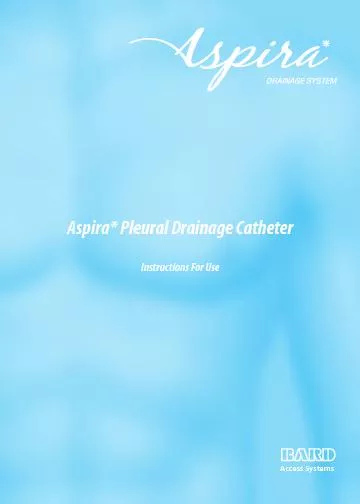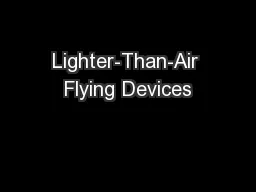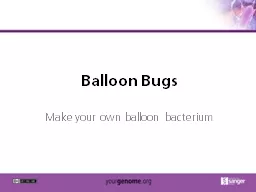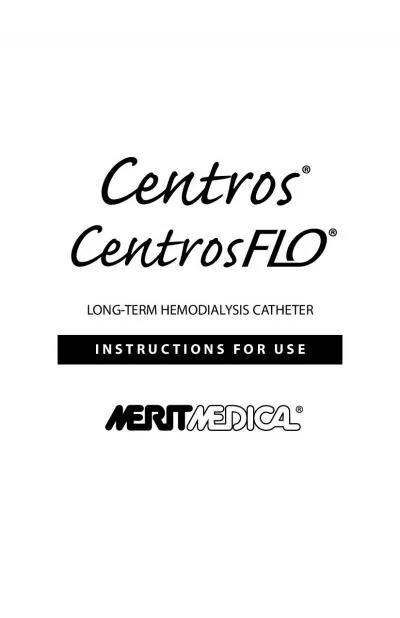PDF-GatewayTMPTA Balloon CatheterInstructions for UseBostonScientificManu
Author : caroline | Published Date : 2022-08-16
GatewayTMPTA Balloon CatheterInstructions for UseHumanitarian Device The Wingspan Stent System with Gateway PTA Balloon Catheter is Authorizedby Federal law for
Presentation Embed Code
Download Presentation
Download Presentation The PPT/PDF document "GatewayTMPTA Balloon CatheterInstruction..." is the property of its rightful owner. Permission is granted to download and print the materials on this website for personal, non-commercial use only, and to display it on your personal computer provided you do not modify the materials and that you retain all copyright notices contained in the materials. By downloading content from our website, you accept the terms of this agreement.
GatewayTMPTA Balloon CatheterInstructions for UseBostonScientificManu: Transcript
Download Rules Of Document
"GatewayTMPTA Balloon CatheterInstructions for UseBostonScientificManu"The content belongs to its owner. You may download and print it for personal use, without modification, and keep all copyright notices. By downloading, you agree to these terms.
Related Documents

